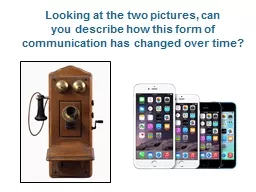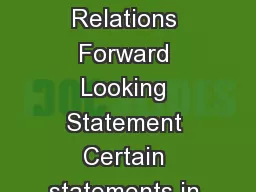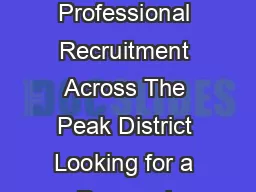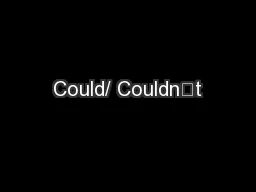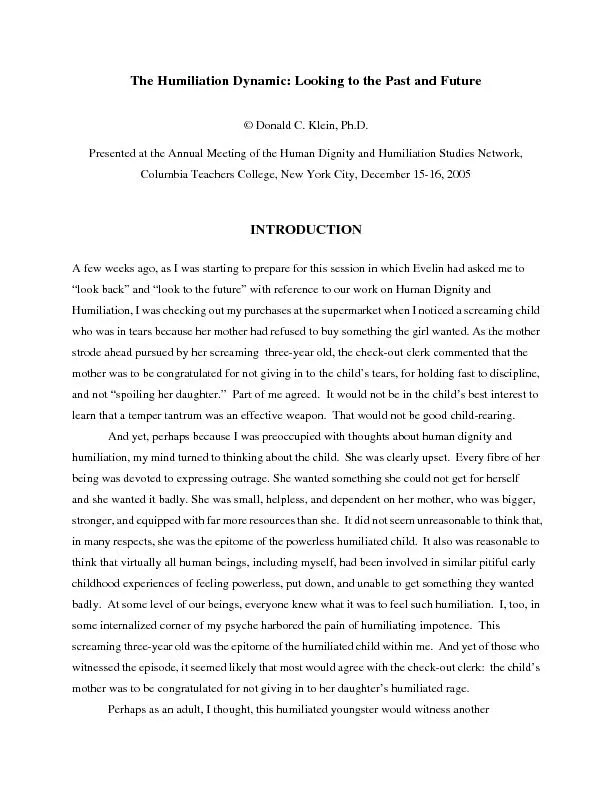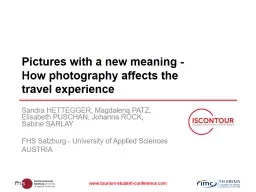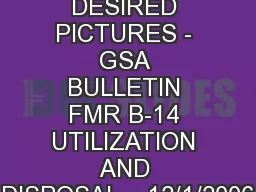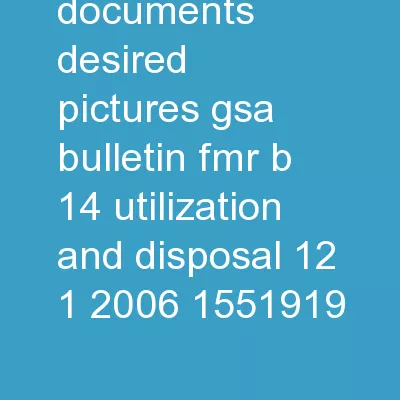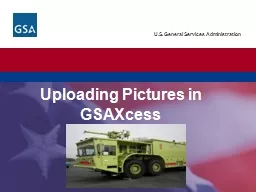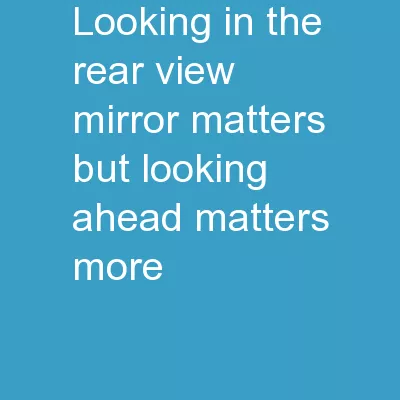PPT-Looking at the two pictures, can
Author : liane-varnes | Published Date : 2018-11-01
you describe how this form of communication has changed over time Essential Question How do scientists define and support the theory of evolution Standards S7L5a
Presentation Embed Code
Download Presentation
Download Presentation The PPT/PDF document "Looking at the two pictures, can" is the property of its rightful owner. Permission is granted to download and print the materials on this website for personal, non-commercial use only, and to display it on your personal computer provided you do not modify the materials and that you retain all copyright notices contained in the materials. By downloading content from our website, you accept the terms of this agreement.
Looking at the two pictures, can: Transcript
Download Rules Of Document
"Looking at the two pictures, can"The content belongs to its owner. You may download and print it for personal use, without modification, and keep all copyright notices. By downloading, you agree to these terms.
Related Documents

